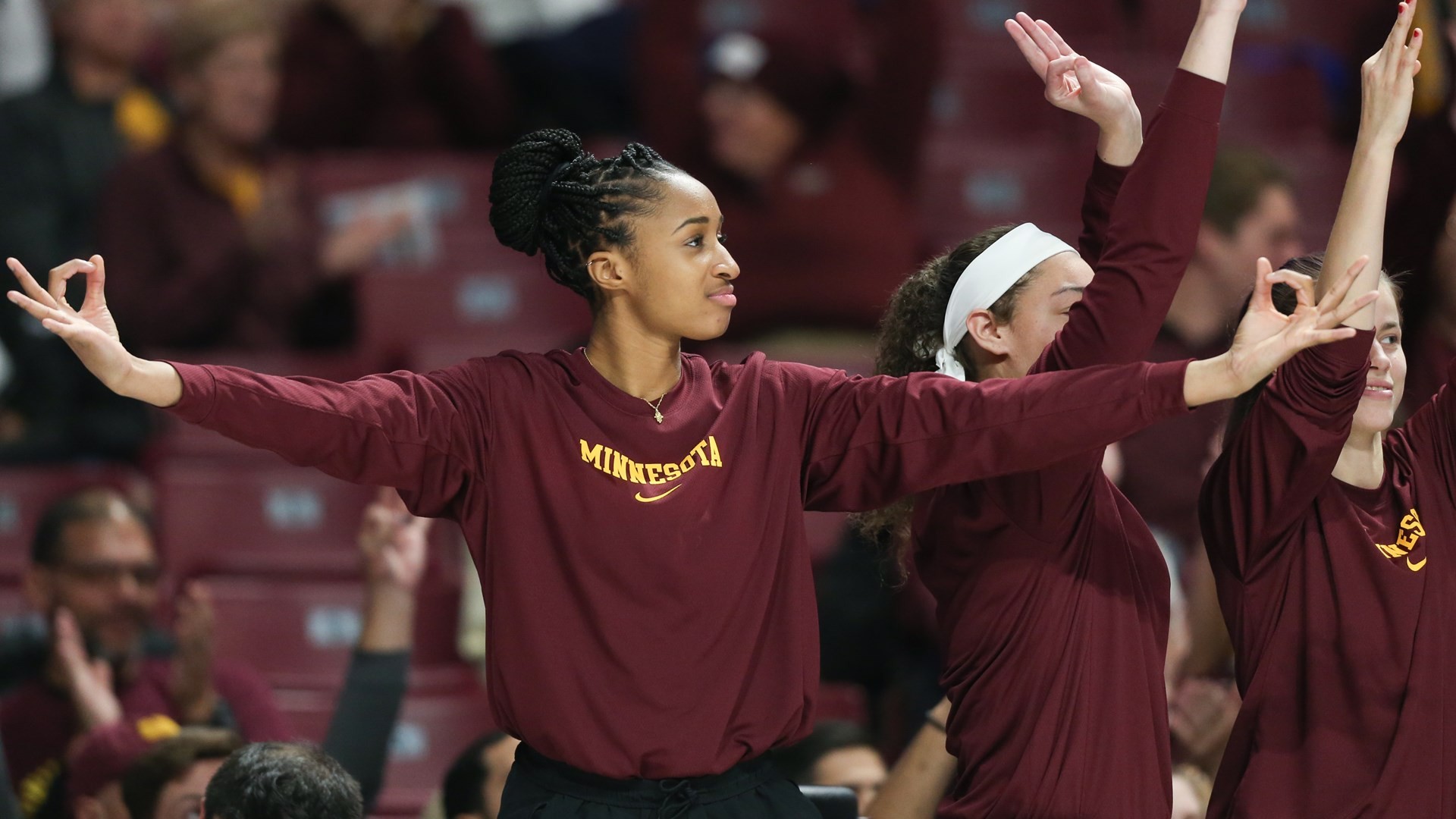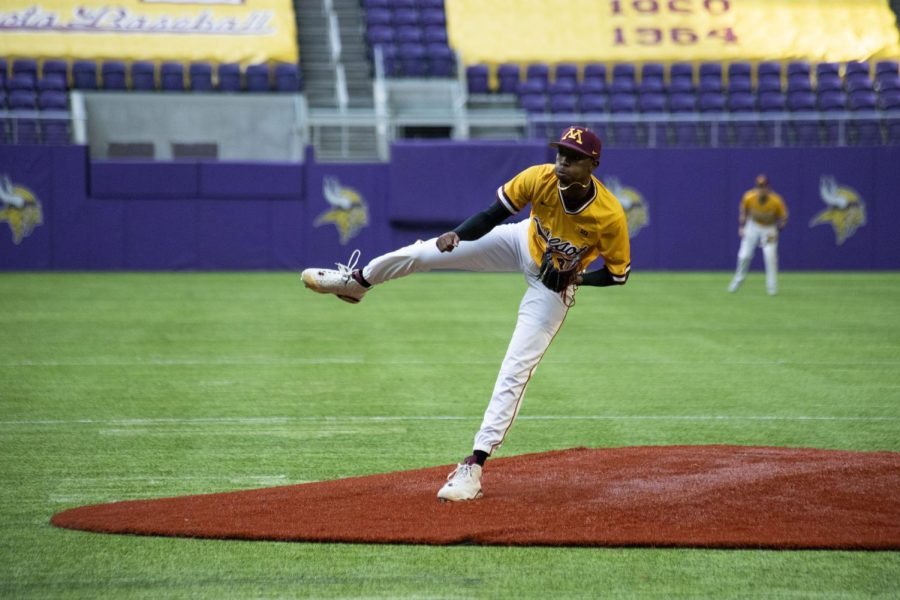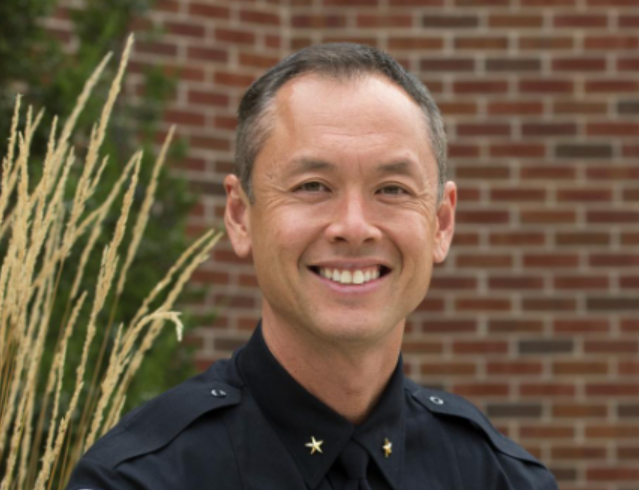A new initiative at the University of Minnesota is tracking bird collisions with campus buildings in an effort to address ongoing concerns about bird safety.
The Stop the Thud initiative asks University community members to report when and where they see bird strikes on campus, as well as a description of the bird through an online form. In the future, researchers plan to analyze this data to uncover patterns about bird behavior and better mitigate bird strikes.
The location of the University in the Mississippi Flyway, an important route for many migratory birds during the fall and spring, can make campus buildings especially dangerous. Buildings with glassy facades such as modern skyscrapers, can confuse many birds according to Andrew Hallberg, a University graduate student in the conservation sciences program, who helped develop the Stop the Thud initiative in collaboration with the University’s Office of Sustainability.
“Birds are breeding in the north and then when they’re flying south, [the young birds] are making the migration for the first time,” Hallberg said. “They just don’t know how to navigate urban landscapes as well as adults. A couple of years ago a report came out … that said that we’ve lost three billion birds since the 1970s in the United States, which is a staggering number.”
Many year-round birds, like cardinals or crows, have adapted to the urban environment and are able to navigate it better. Most birds that collide with buildings are songbirds, like warblers or sparrows, that migrate south for the winter.
Hallberg said this initiative is imagined in two parts, with the first part already underway. Currently, Hallberg is focused on gathering data on bird collisions in order to develop mitigation measures in the future.
“The first [phase] that we’re working on now is just figuring out where the birds are hitting buildings on campus and what surfaces are the most problematic for birds to navigate,” Hallberg said. “The second phase is figuring out what we can do and looking at what sort of mitigation options there are.”
According to Sustainability Coordinator Carley Rice, the Office of Sustainability is helping to support the initiative by providing online resources and promoting the reporting form.
“We’re working on the commercial side of things and making sure that folks on campus — the students, staff and custodial staff make sure that they’re aware of this initiative and if they do see a bird on campus [they] know what to do,” Rice said.
While the University has taken steps to mitigate the number of bird collisions on campus, like using fritted glass and reflective tape on buildings, bird collisions have not been tracked in this way before.
In addition to the Stop the Thud initiative, the Office of Sustainability is also promoting Light Outs, which asks people to turn off interior lights in University buildings at night to prevent bird collisions and save energy.
“I know that there’s been several groups before me that have done research on [bird collisions], but I think recently there has been more of a push from student groups to make spaces more safe for birds.” Hallberg said.
While the fall migratory season is mostly over, the reporting form will continue to collect data year-round and the Office of Sustainability will ramp up outreach efforts at the start of the spring migration, Hallberg said.


















